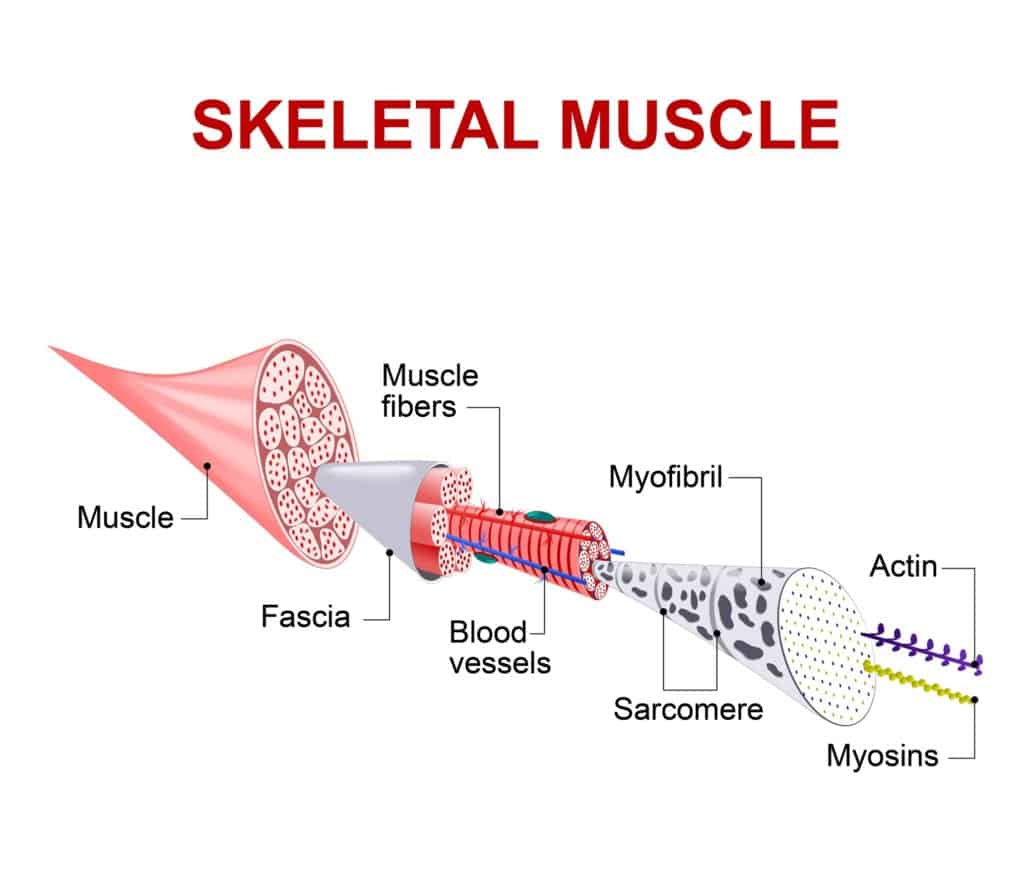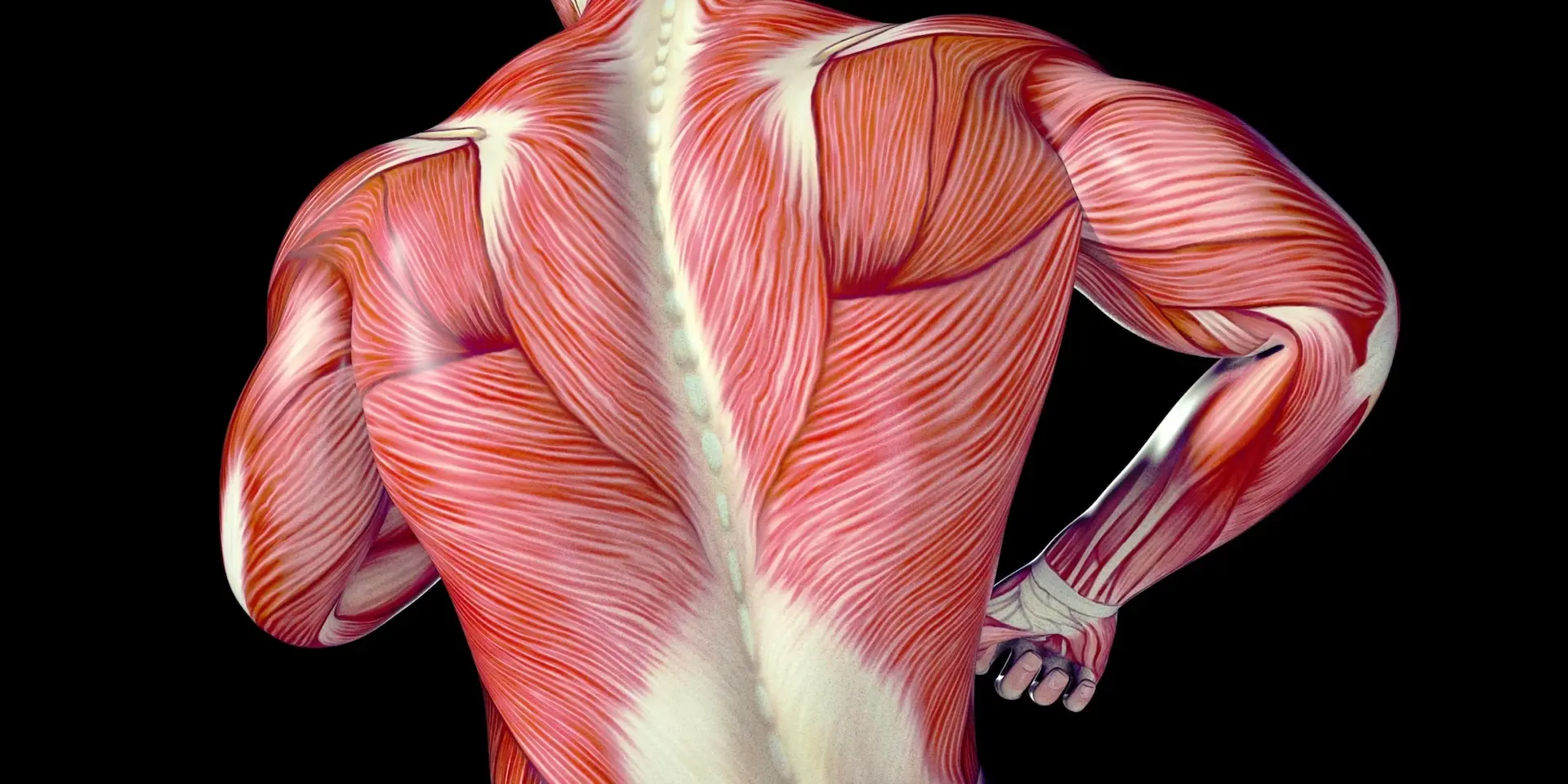Muscle fascia: What are they, and should you train with them in mind?
Fascia link muscles all over the body and they seem to have a massive role in human movement, even if our understanding is still incomplete. But is it possible to train with these tissues in mind? And if we do, will it improve performance?
Fascia: What are they, and can they help improve your training?
Fun fact: Fascia link muscles all over the body. This mysterious and under-researched tissue is often overlooked, with our understanding of how it works just emerging.
So can you risk not considering it in athletic performance? Or is it just another useless piece of information you need to forget ASAP?
To answer that question, we asked Danny Foley, strength and conditioning coach at Virginia High Performance, to join us on the Science for Sport Podcast.
In episode 105, Foley describes how he uses a fascia-focused approach to get special forces personnel in top shape, ready for deployment.

What do fascia actually do?
Before we get into the nitty-gritty of training prescription, however, it’s important to work out what fascia actually are.
You might remember from an anatomy class a long time ago that fascia is a thin connective tissue that covers the muscle. But it is much more than just a turtleneck for your biceps.
“This is one integrated piece that really encompasses everything from head to toe. So we have fascia that encases muscles, nerve fibres, vessels … literally everything,” Foley said.
So fascia are all over the body, wrapping your insides, but what do they actually do?
“In addition to being a global connective tissue, it is also a major sensory and receptor network. For that reason, I think it’s probably got a little bit more importance or significance than we’ve conventionally thought,” Foley said.
The role of fascia on movement and training
So it sounds like we should be paying this more attention, but what about its influence on movement?
“It’s also a fibro-elastic connective tissue that plays a significant role with posture and movement – it’s really a dynamic tissue. The fascia network in my mind is what humanises our movement,” Foley said.
So the fascia are tissues that seem to have a massive role in human movement, even if our understanding is still incomplete. But with what we do know, is it possible to train with these tissues in mind? And if we do, will it improve performance?
Foley thinks so. But there’s no need to overhaul all of your training methods.
“It’s not a matter of doing completely different things, but rather just doing some things differently,” Foley said.
“Predominantly, we’re going to move away from bilateral stances. I think that especially as athletes continue to progress throughout their career, bilateral, symmetrical loading with high constraint and high external stability just has a really low level of return.”
So this means plenty of unilateral and split stance exercises are on the menu when Foley is cooking up a storm in the gym. The direction of movement also plays an important role in his training.
“Moving in multiple directions and emphasising omnidirectional movement is important. This is another way of saying breaking out of your traditional three cardinal planes [Sagittal, Frontal, Transverse],” Foley said.
According to Foley then, we can create fascia-focused training by stepping away from bilateral lifts, in just one plane of movement, and instead pay more attention to working on one leg, across a range of different movement vectors. But how much weight should be on the bar? Do we need to load these tissues up or do they fare better with lighter weights?
“Collectively, it’s not as much of a pursuit of maximal loading. What I’m more interested in is kind of that 65 to 85% range where we’re moving the weight with high intent,” Foley said.
The full story of fascia and sports performance
So there you have it, Foley presents a case that fascia are a super interesting albeit under-researched tissue, with loads of potential. You can train them by moving away from heavy bilateral exercises, and replacing these with lighter, unilateral variations across many planes of movement.
If you want to hear exactly how Foley programs fascia-focused training, using novel methods like offset loading, listen to the full podcast using the link below.
You can download the podcast on any of the big hosting services, including Apple Podcasts and Spotify, or just use this link: https://scienceforsport.fireside.fm/105
Don’t forget to hit the subscribe button and be sure to give us a review and rating too!



